Majolica produced by George Jones rivals that of Minton and Wedgwood in both design and workmanship. Jones was the youngest of nine children from a family with no connection to the pottery industry. At age fourteen, he commenced a seven year apprenticeship with Minton and upon completion in 1844 worked as a travelling salesman for Wedgwood. Little is known of his output during those years or of any associations he may have had with the renowned modelers of those firms. By 1850 he had established himself as a successful china merchant in Stoke-on-Trent. It was not until 1862 that George Jones entered the pottery manufacturing business with the acquisition of the Bridge works, producing white granite wares. In 1864, Jones purchased parcels of land from Colin Minton Campbell of the Minton factory for construction of the Trent Potteries, which was completed in late 1865. It was in this new and efficient pottery works that George Jones commenced production of majolica in 1866. By 1873 Jones eldest two sons, Frank Ralph and George Henry Jones had become familiar with the business and joined their father in partnership. The firm was retitled George Jones & Sons and the name “Crescent” was registered as the trademark of the new company. At the time, the firm employed 590 skilled workers. Following George Jones’ death in 1893, the family firm saw continued success until the early twentieth century. The company was sold to managing director Walter Bakewell in 1929 and by 1951 the trade name George Jones & Sons was no longer used. The Crescent works was demolished in 1959 after nearly a century of ceramic production.
George Jones won a medal at the Paris Exhibition in 1867 and received acclaim at exhibitions in London (1871), Vienna (1873) and Sydney (1876).


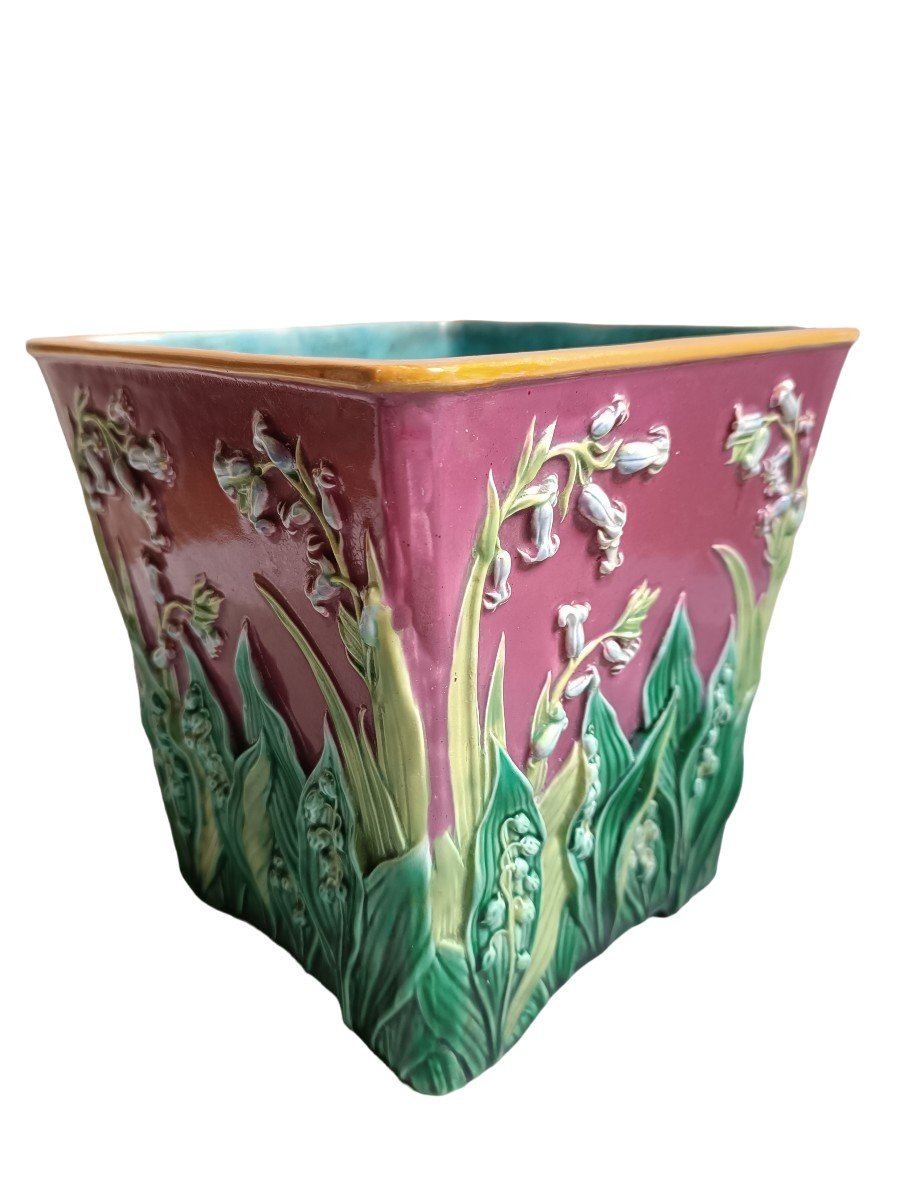
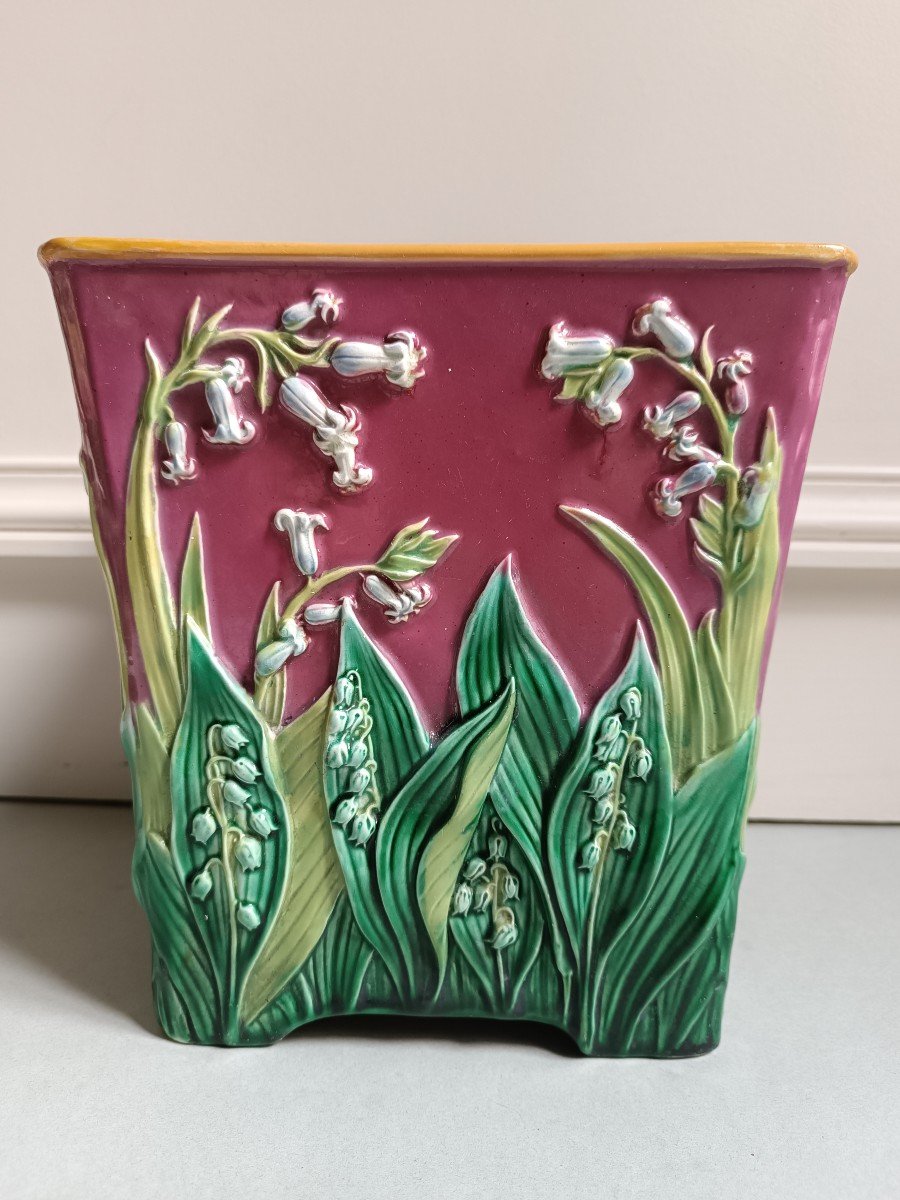
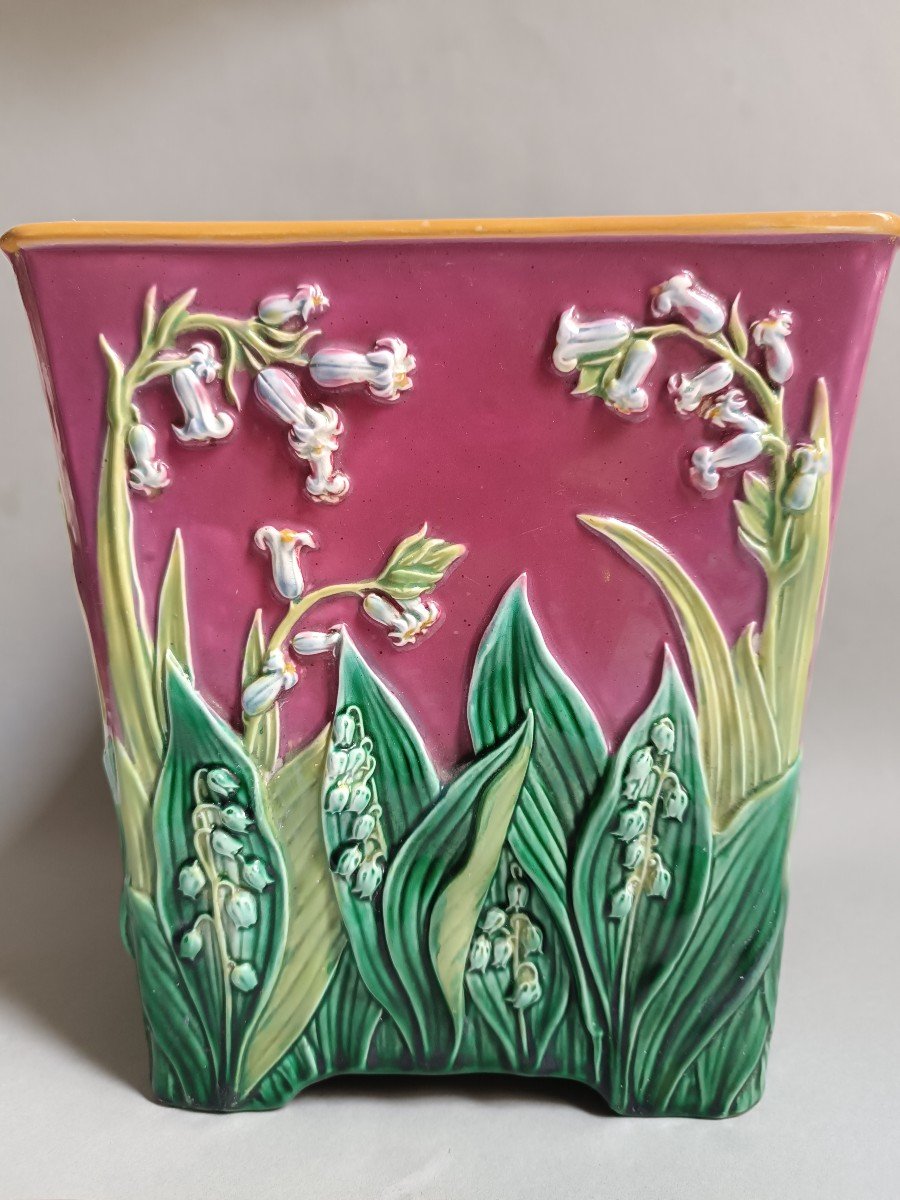
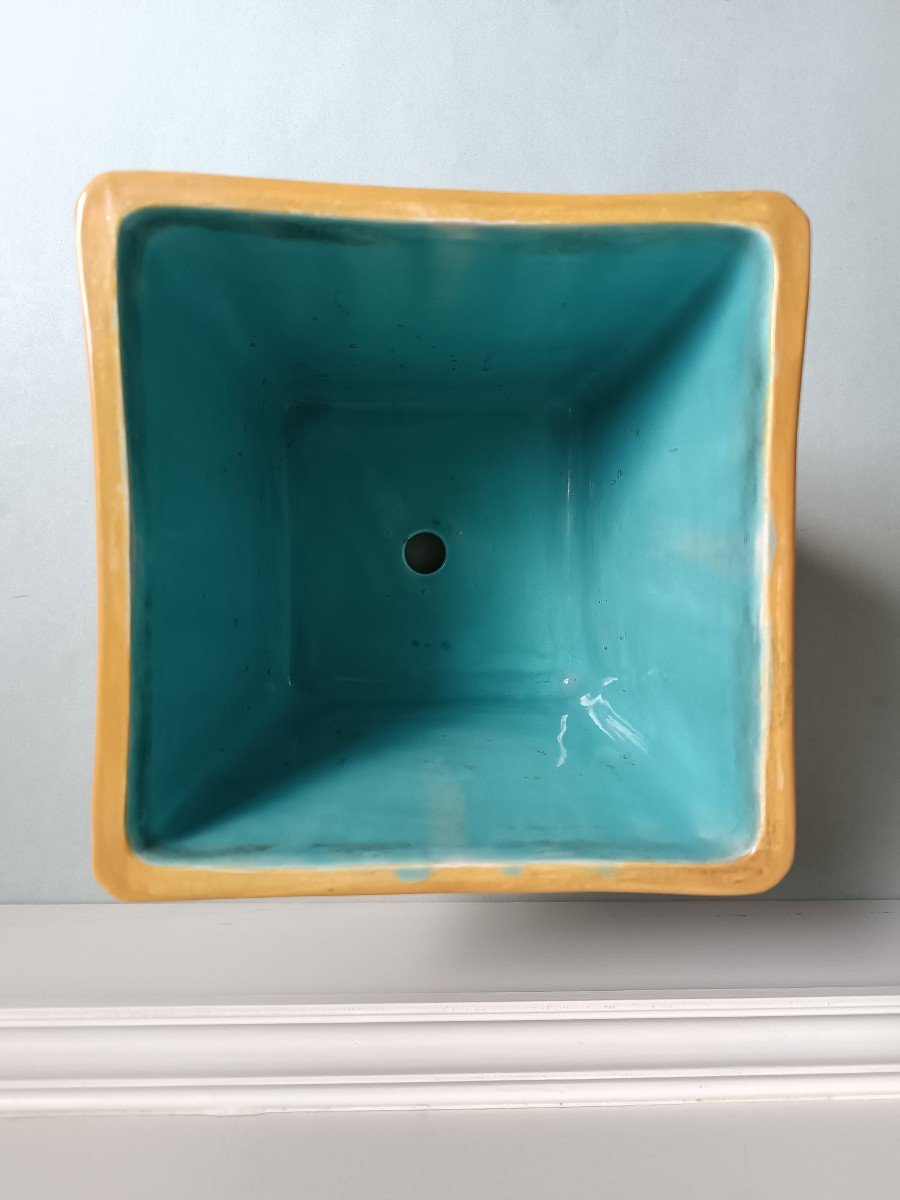
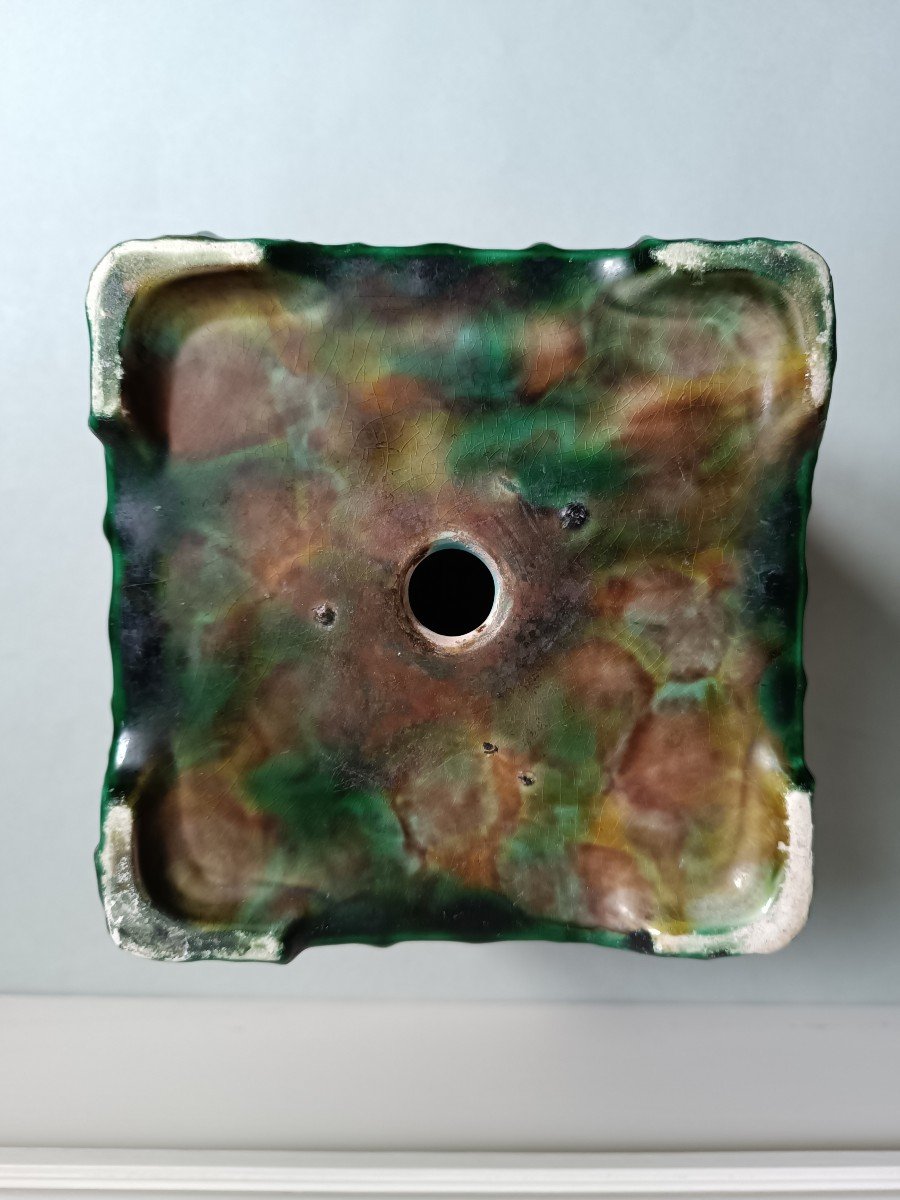
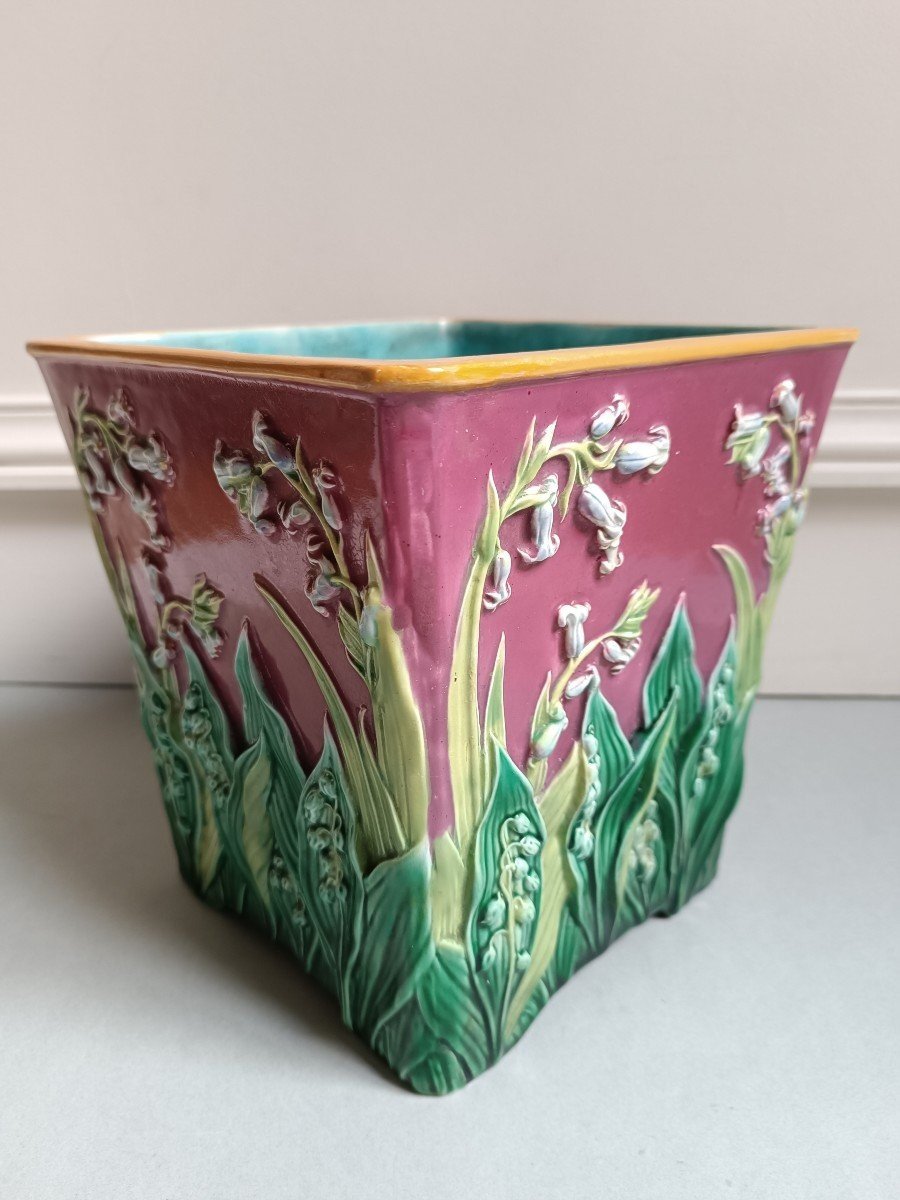









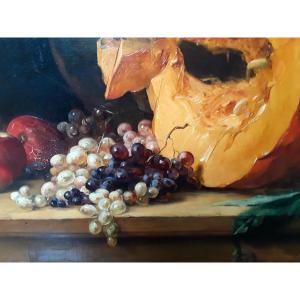

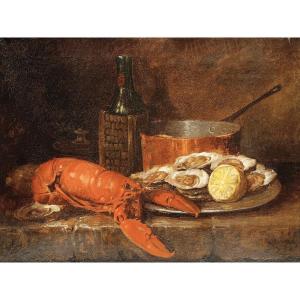



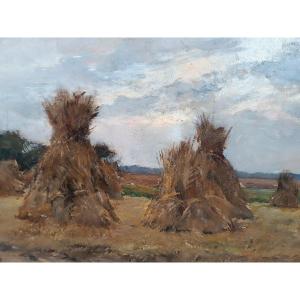





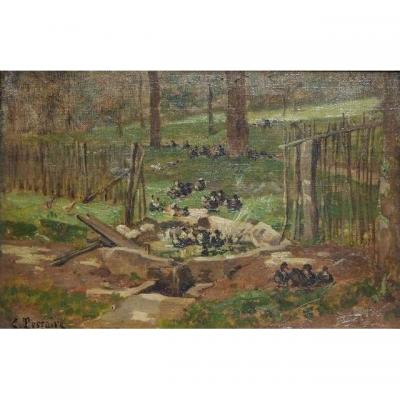








 Le Magazine de PROANTIC
Le Magazine de PROANTIC TRÉSORS Magazine
TRÉSORS Magazine Rivista Artiquariato
Rivista Artiquariato